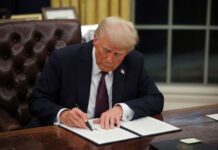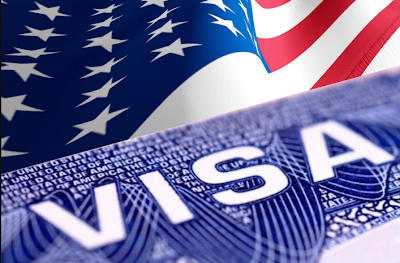British Prime Minister Theresa May unveils her Brexit “Plan B” to parliament on Monday after MPs shredded her EU divorce deal, deepening the political gridlock 10 weeks from departure day.
Britain will crash out of the European Union on March 29 unless MPs can force a delay or come up with an alternative plan that Brussels is also happy with, before the deadline.
London and Brussels have spent the best part of two years working on the divorce deal but MPs in parliament’s lower House of Commons comprehensively rejected it on Tuesday.
EU leaders have signalled they could alter the agreement if May dropped some of her negotiating “red lines” but British media on Monday reported that she would instead attempt to negotiate some changes to the existing agreement.
The reports were met with scepticism in Europe.
“I don’t think it can be saved by marginal adjustments in the current plan. I don’t think she can convince MPs by presenting the same thing to them with slight tweaks,” Spanish Foreign Minister Josep Borrell said in Brussels.
“It therefore has to present something substantially different.”
Asked if he would change the Brexit deal, Slovakia’s Miroslav Lajcak said: “Why? So you want the EU to be a bigger loser than the UK? Is this what you really want?
“This is a fair deal that 27 members strongly support so I would really not touch,” he said.
After surviving a Commons confidence vote on Wednesday, May last week reached out to opposition parties to seek a compromise solution but the talks appear to have fallen through.
Jeremy Corbyn, leader of the main opposition Labour Party stayed away, saying that a “no-deal” departure must be ruled out first — something May says is impossible.
– Amendments –
After May sets out her plans for the way ahead, lawmakers are set to table a series of amendments, to be voted upon on January 29.
At least two groups of MPs are planning to table amendments to enable backbenchers to delay Brexit and prevent Britain leaving the EU with no agreement.
One of the proposals would enable MPs to debate and vote on Brexit issues, giving them far greater influence over government strategy.
May’s Downing Street office has called them “extremely concerning”.
“You’ve got a Leave population and a Remain parliament,” International Trade Secretary Liam Fox, one of the senior Brexiteers in May’s cabinet, said on Sunday.
“Parliament has not got the right to hijack the Brexit process… and in fact steal the result from the people,” he told BBC television.
Britain voted by a 52-48 margin in favour of leaving the EU in a referendum in 2016 that exposed deep divisions in British society.
– Irish backstop –
One of the most problematic areas of the divorce deal is the so-called backstop on the Irish border — a legal guarantee that the frontier would remain free-flowing if Britain and the EU cannot agree a long-term free trade pact.
Changes in the backstop could help win over Conservative eurosceptics, and the party’s Democratic Unionist allies that May counts upon for a majority in parliament.
Graham Brady, who chairs the committee of backbench Conservative MPs, said he thought May could get her Brexit deal past Conservative rebels if the Irish backstop “can be sorted out”.
“So much of the vote against was from people who simply cannot support a potentially permanent backstop, if that can be sorted out then I think we might get that withdrawal agreement through,” he told BBC radio.
He said it was in Ireland’s interests to help Britain leave the EU with a deal, saying they would be far more hurt by a no-deal Brexit that Britain as most of their trade comes through the UK.
But Irish Foreign Minister Simon Coveney said Sunday that he and Prime Minister Leo Varadkar were in no mood to support alterations to the withdrawal agreement (WA) or the backstop.
“We remain united and focused on protecting Ireland,” he said.
“That includes continued support for the EU/UK agreed WA in full, including the backstop as negotiated.”




























